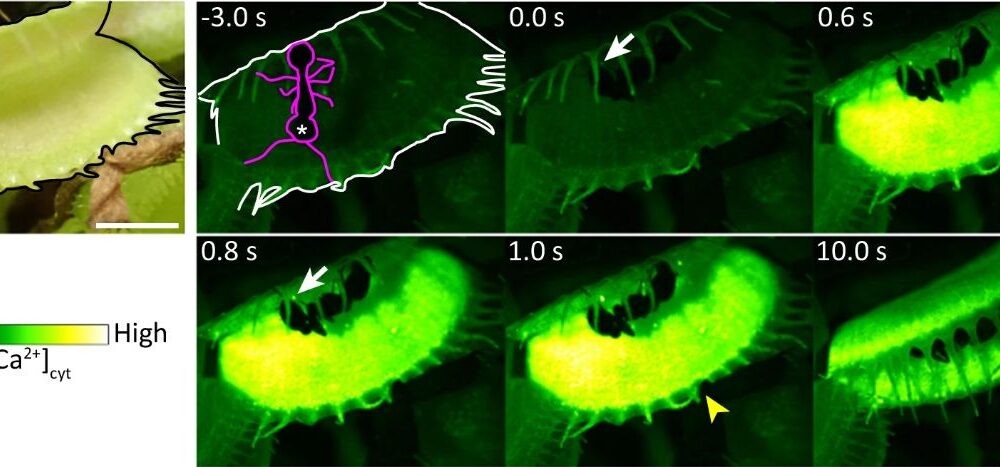Researchers at the National University of Singapore (NUS) have identified a DNA “switch” that enables tropical butterflies to modify the size of their wing eyespots according to seasonal temperature changes. This discovery, published in the journal Nature Ecology & Evolution on October 24, 2025, provides valuable insights into how these insects adapt to their environment, especially in the context of climate change.
The study, led by Professor Antónia Monteiro from the NUS Department of Biological Sciences, highlights a phenomenon known as plasticity. This term refers to the ability of some insects to alter their physical characteristics, such as color and pattern, based on seasonal variations. Such adaptations are crucial for survival, yet their evolutionary origins have been largely unexplored.
The team focused on the African butterfly species Bicyclus anynana, which exhibits notable differences in wing patterns between the wet and dry seasons. During the wet months, these butterflies develop larger eyespots, while smaller eyespots are characteristic of the dry season. This adaptability enhances their chances of survival in diverse environments.
Previous research established that the temperature experienced by caterpillars influences eyespot size. The current study identified a key gene, known as Antennapedia (Antp), responsible for controlling the development of these eyespots. The researchers discovered that the activity of this gene fluctuates depending on the temperature conditions during the butterflies’ development.
By manipulating the activity of the Antp gene in two different satyrid butterfly species, the team observed a reduction in eyespot size, particularly when the butterflies were raised in warmer environments. This underscored the gene’s significance in seasonal size adjustments.
In addition to Antp, the researchers uncovered a previously unknown DNA switch, or “promoter,” unique to satyrid butterflies. This genetic element activates the Antp gene specifically in the cells responsible for eyespot formation. Disabling this switch diminished the butterflies’ capacity to modify their eyespot size with temperature, illustrating its role in the evolution of their seasonal adaptability.
Dr. Tian Shen, the study’s lead author, remarked on the findings, stating, “It is striking that a simple genetic switch can underlie complex environmental sensitivity across a broad group of insects. These findings open the door to future research into the roles such switches play in shaping adaptations, and to insights that could inform conservation in a changing climate.”
The implications of this research extend beyond the butterfly species studied. Understanding the genetic mechanisms that drive such adaptations could aid in conservation efforts as climate change continues to impact habitats globally. The NUS study serves as a reminder of the intricate connections between genetics and environmental adaptability in the natural world.







